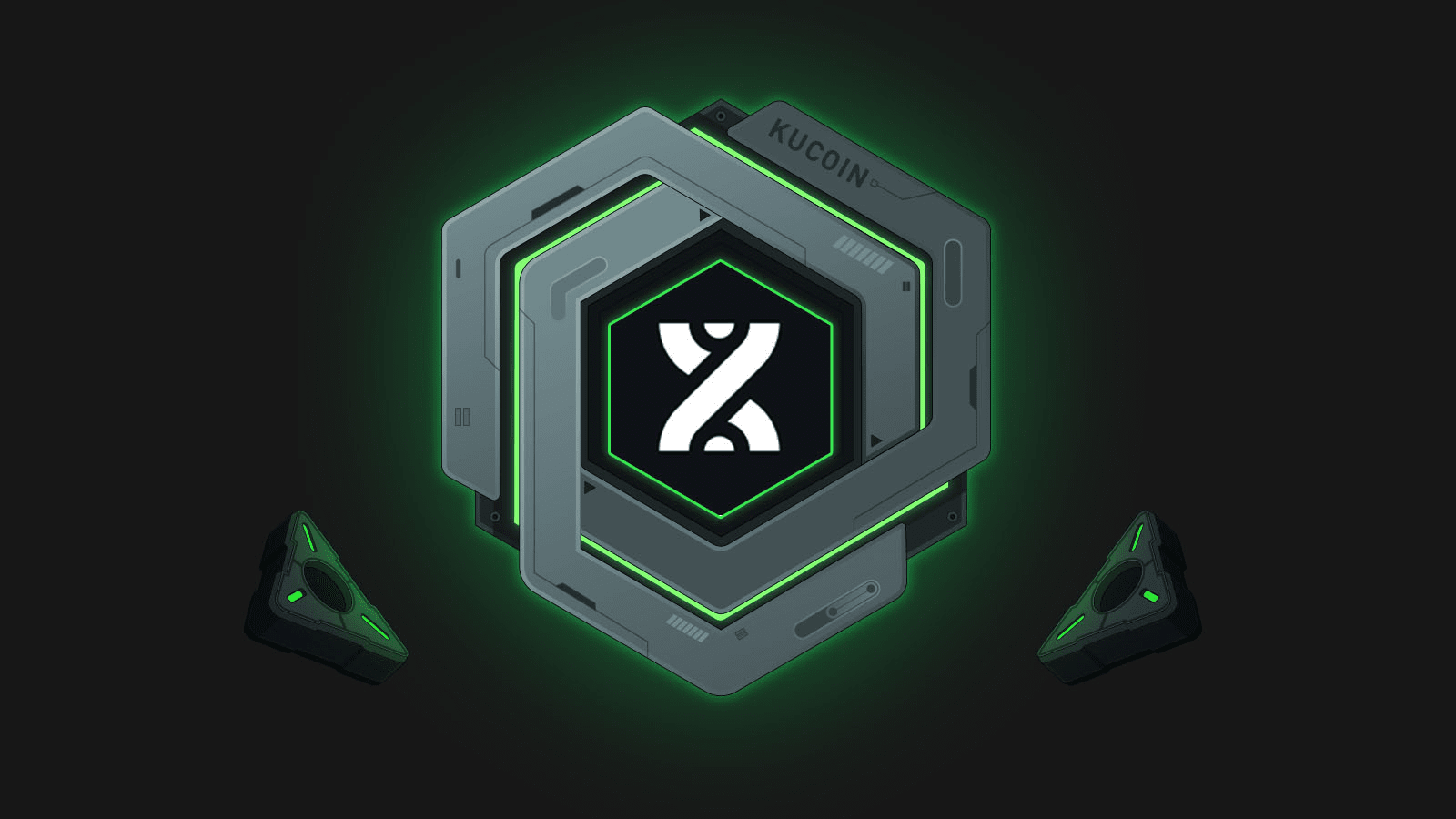
Bitcoin, as the gold standard of the crypto world, has long faced an awkward reality: the vast majority of BTC lies dormant in cold wallets, unable to participate in broader financial activities. While Ethereum has built a trillion-level DeFi ecosystem through smart contracts, Bitcoin holders can only passively wait for appreciation. Is this situation doomed to remain unchanged? BounceBit's answer is clearly negative—by integrating the credibility of CeFi with the flexibility of DeFi through a hybrid architecture, this PoS-based Bitcoin staking chain is redefining the value capture method of BTC.
Evolution from a single token to a dual-track consensus
Traditional Bitcoin sidechains often fall into a dilemma between security and functionality: either completely relying on BTC computing power, leading to scalability limitations, or starting anew at the cost of decentralization. BounceBit's innovation lies in designing a PoS mechanism jointly protected by Bitcoin (BTC) and a native token (BB). Data shows that this dual-token model retains the value anchoring effect of the Bitcoin network (currently about 40% of staked assets are BTC) while providing governance flexibility through the BB token, significantly increasing the on-chain transaction confirmation speed by nearly 20 times compared to pure BTC script solutions. More importantly, EVM compatibility allows developers to seamlessly migrate mature applications from the Ethereum ecosystem, with over 50 DApp prototypes currently deployed on the testnet, covering core financial scenarios such as lending and derivatives.
Yield reconstruction experiment under the CeDeFi framework
In traditional DeFi protocols, Bitcoin holders often need to bear third-party risks from wrapped assets (like WBTC). BounceBit's solution is to build a hybrid custody layer through the BB Prime platform: institutional-grade custodians are responsible for the security of underlying assets, while the smart contract layer ensures transparent profit distribution. This structure allows users to enjoy asset protection similar to CeFi (the platform has verified reserves through third-party auditing firms) while participating in on-chain liquidity mining. According to its economic model, staking BTC provides a basic annual yield of 4.8%, and users can also add DeFi portfolio strategy returns, with actual combined APY reaching 12-18%, far exceeding the opportunity cost of simply holding Bitcoin.
Strategic ambition of a cross-chain liquidity network
BounceBit has not limited its vision to the Bitcoin single-chain ecosystem. Through its built-in cross-chain bridging protocol, the system has achieved asset interoperability with major public chains such as BNB Chain and Ethereum, meaning that BTC holders can effortlessly transfer assets into high-yield ecosystems. Notably, its node mining mechanism supports multi-chain asset staking, and early participants have set a record of 3.7% daily returns through funding rate arbitrage strategies. This design essentially constructs a liquidity hub centered around BTC—when other chains need Bitcoin liquidity, BounceBit will become the default transit station.
The leap from staking tools to RWA entry
What truly distinguishes BounceBit from similar projects is its forward-looking layout for real-world assets (RWA). The recently launched tokenized product for U.S. Treasury bonds on the BB Prime platform allows users to indirectly hold U.S. bond positions through BTC staking. This move not only adds anti-inflation properties to Bitcoin (historical data shows a negative correlation between BTC and U.S. bond yields) but also opens the entry channel for traditional institutional funds. According to internal roadmaps, an enterprise-grade custody solution will be launched in Q3 2024, aiming to attract at least $500 million of institutional BTC holdings for re-staking.
While the market still debates whether Bitcoin should serve as a store of value or a payment tool, BounceBit has quietly carved out a third path: transforming BTC into an income-generating asset base layer through the CeDeFi framework. Its value proposition is not to subvert Bitcoin's core positioning but to revitalize this $800 billion dormant capital in the blockchain world. Testnet data shows that more than 230,000 addresses participating in early staking have proven that the market is voting with real money to support this moderate reformist path. Perhaps in the near future, we will see a scenario where the Bitcoin network maintains its rhythm of generating a block every 10 minutes, while its value flows have already permeated every capillary of the crypto economy through pipelines like BounceBit.

